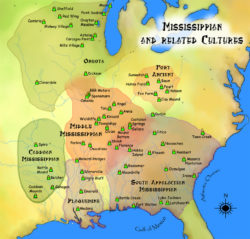Archaeology
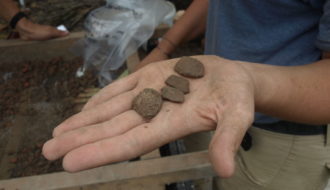
Archaeology of the New Orleans Area
In New Orleans archaeological explorations span 2,500 years of history

In New Orleans archaeological explorations span 2,500 years of history
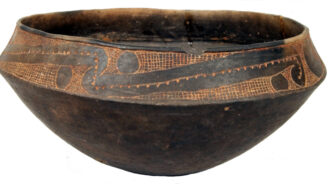
This entry covers prehistoric Caddo culture during the Late Woodland and Mississippi Periods, 900–1700 CE.
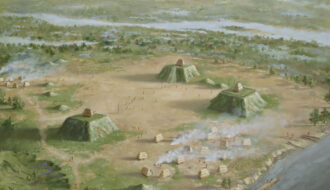
Once covering most of Louisiana, the Coles Creek culture is known for its distinctive ceremonial mound sites.
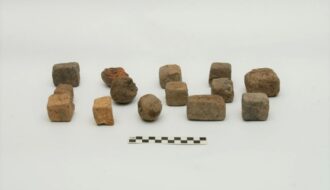
This entry covers the prehistoric Evans culture during the Middle Archaic Period, 6000–2000 BCE.

Archaeologists at sites across Louisiana help fill in the written record through physical excavations of the past.
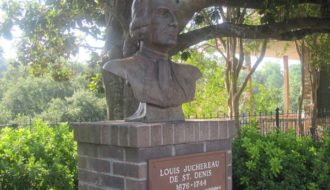
The history of the fort, mission, and settlement of Los Adaes reflects both intercolonial rivalry and cooperation among the Spanish, French, and Native Americans who lived along the border of New Spain and French Louisiana.
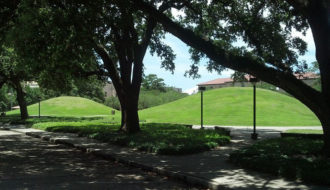
The LSU Campus Mounds are two Native American earthworks from the Middle Archaic Period located on the grounds of Louisiana State University in Baton Rouge.

Coincoin, a formerly enslaved woman freed in colonial Natchitoches, is an icon of American slavery and Louisiana’s Creole culture.
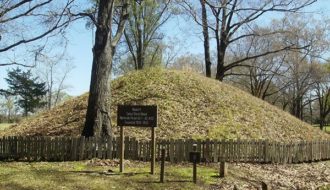
This entry covers the prehistoric Marksville Culture during the Middle Woodland Period, 1–400 CE.
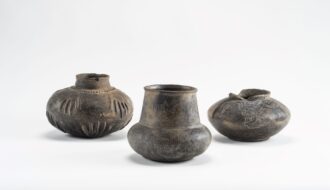
The Mississippian culture spanned from roughly 1050 to 1700 CE
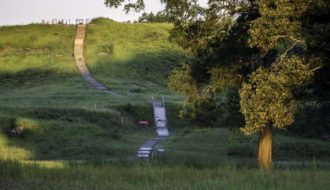
Louisiana boasts some of the most significant Native American earthen monuments in North America and ranks second only to Mississippi in the number of mound sites.

This entry covers the Plaquemine culture in the Lower Mississippi River Valley during the Mississippi period, 1200 to 1700 CE
One-Year Subscription (4 issues) : $25.00
Two-Year Subscription (8 issues) : $40.00
